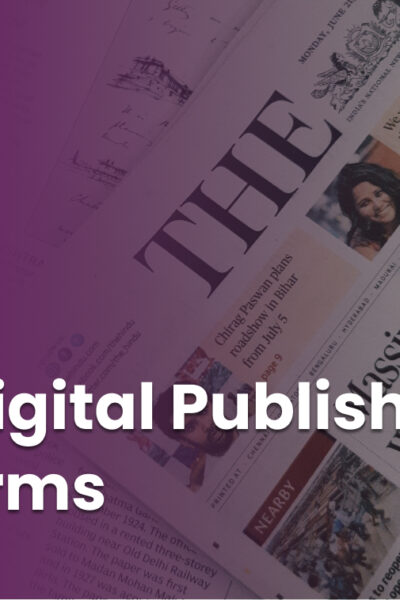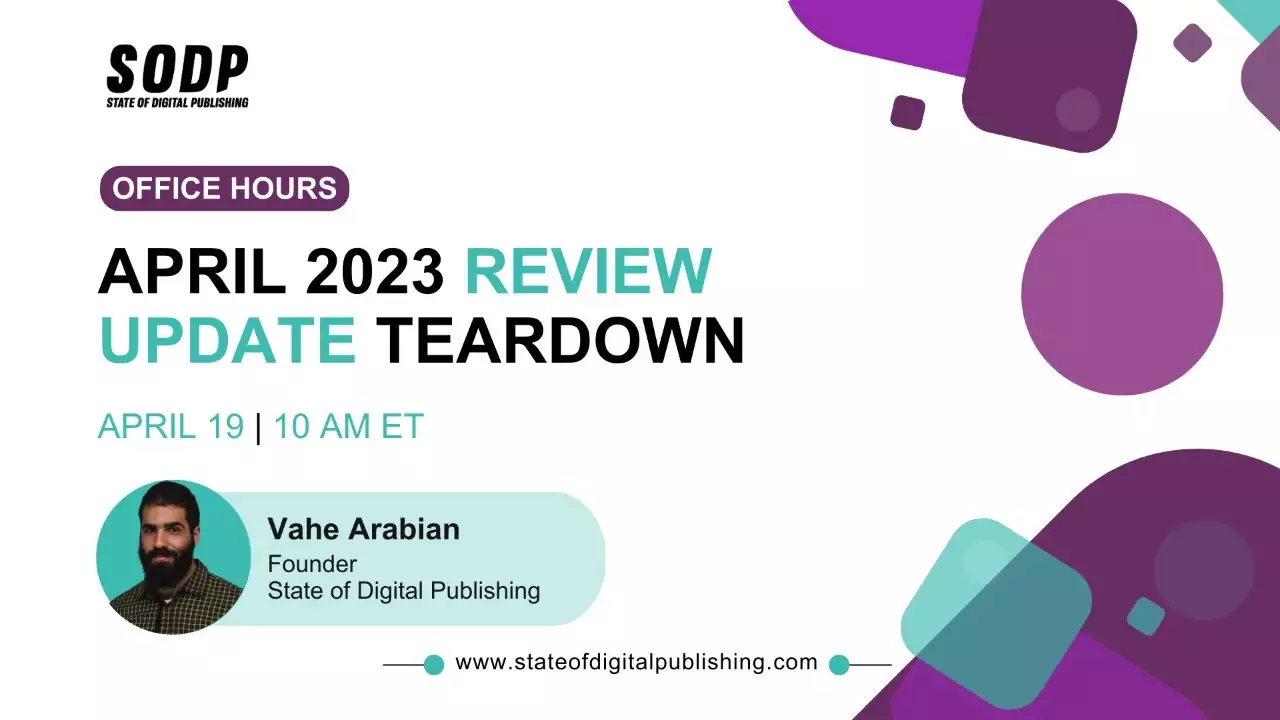Anna Schenk is Managing Director EMEA at Semasio.
Anna earned a degree in International Marketing before working as a consultant in online media planning and later as a consultant for online technologies at the Pilot Group. She was Online Marketing Manager at Blume2000 New Media AG before joining Semasio as Product Manager in 2011.
For readers who are not familiar, what is TCF and what exactly is the TCF 2.0 change about?
The IAB Europe Transparency and Consent Framework (TCF) allows all parties in the digital advertising industry to comply with the EU’s GDPR and ePrivacy Directive when processing personal data or accessing and/or storing information on a user’s device. This framework creates a common way and technical basis for the collection and communication of consent from a consumer for the delivery of online advertising and content. The consent the user gives (or not) on a publisher’s website is turned into a so-called TC string that is passed along the chain of all involved parties and allows each partner to act according to the consent information.
The second and revised version of the framework introduces more data processing purposes including the possibility to set legitimate interest as a legal basis for collecting and processing of data. This allows consumers to differentiate what they consent for (and what not), giving publishers better control of what purpose and legal basis they accept for which vendor.
Iab extended the deadline for publishers to adjust to the TCF 2.0 amid COVID-19. Do you think this was the right move? Why?
I think it was the right decision. The COVID-19 situation moved attention to the new challenge and away from other topics like the switch to TCF 2.0, and several vendors were not ready when Coronavirus started.
What should publishers be doing in the meantime to prepare for TCF 2.0, if they haven’t already done so?
Publishers need to choose and implement a Consent Management Platform if they haven’t done so yet.
Furthermore, publishers need to define which vendors from the so-called Global Vendor List they want to work with and therefore collect consent for. I think publishers require talks with their clients and partners to ensure all vendors are identified that are part of the generated revenues.
There might also be cooperation partners that are not part of the IAB framework. Publishers need to decide whether they want to still work with them and therefore accept “out of band” consent.
What will change for publishers under TCF 2.0?
Publishers are the starting point — they do ask for the consent and are responsible to pass that along the chain to allow everyone to act accordingly. As there is a further differentiation in processing purposes and the possibility to define that per vendor they want to work with, publishers need to dig deeper into understanding and defining which parties they allow to process users’ data on their property.
How will publishers benefit from the new version of TCF?
First of all, the framework gives publishers the possibility to collect and obtain consent from their consumers in a transparent way that differentiates the need for data collection into different purposes and use cases.
Additionally, publishers employing TCF 2.0 gain greater control and flexibility as they are able to select and control vendors they want to work with, including the purposes and legal basis they accept for processing the user’s data. Also, the framework allows them to pass that information further to the parties involved via the TC string.
Content from our partners
One of the main differences in v.2 of TCF is greater control for publishers. What does this mean for the industry moving forward?
I think that means that publishers and vendors in the first place need to align, because with the greater control also comes the risk of losing revenues as there are partners in the back that the publisher might not be aware of.
As vendors are relying on the publishers to request consent on their behalf, they need to ensure they are compliant with the framework, which I think will lead to a big adoption of the framework and therefore a general good foundation for our entire industry.
What’s the problem that Semasio’s team is passionately tackling at the moment?
Besides becoming operational on the TCF 2.0 version, Semasio is working on solving the insecure future of third-party cookies, user identification and therefore targeting. That means, on the one hand, we are working on constantly expanding and improving our Unified Semantic Targeting approach that allows our clients to target users and pages seamlessly. On top of that, we are working on the possibility to handle and manage different Unified ID solutions in order to identify users also in a future without third-party cookies.












